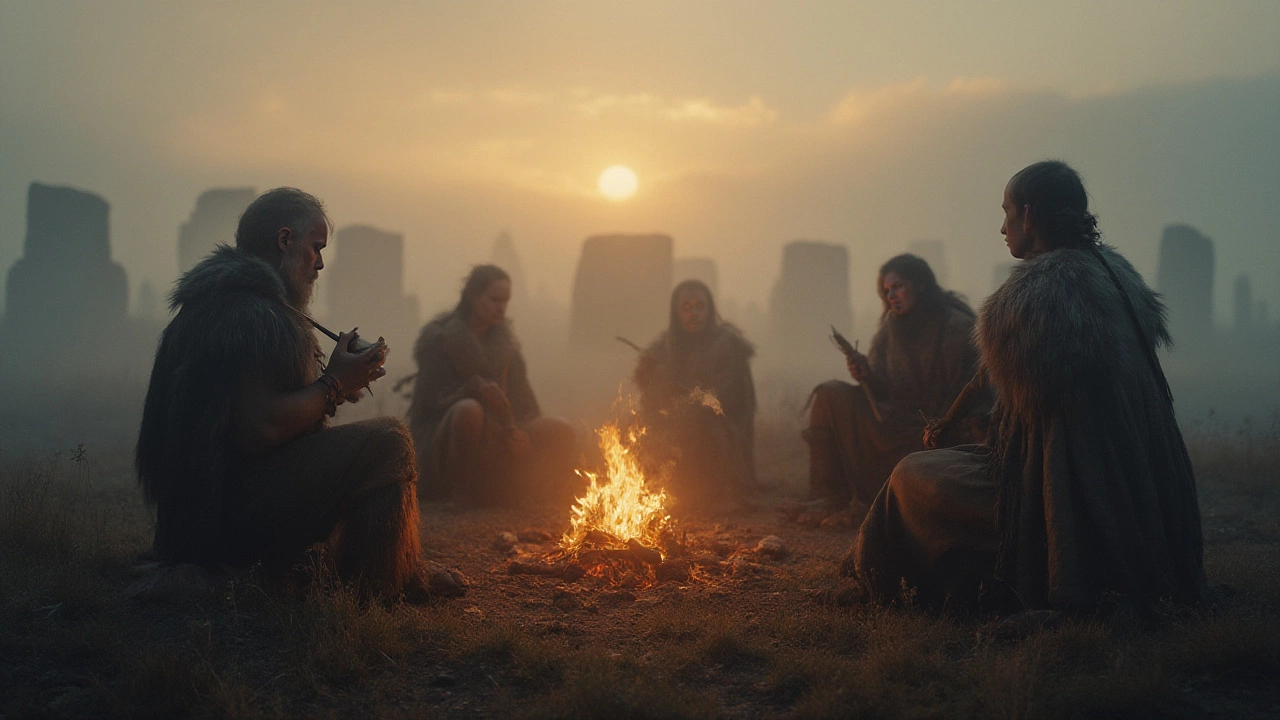First Song Ever: How to Write, Record, and Share Your Debut Track
So you’ve decided to make your first song. Maybe you’ve been humming a melody in the shower or scrolling through free music download sites for inspiration. Whatever the spark, turning that idea into a real track feels both exciting and a little scary. The good news? You don’t need a fancy studio or a PhD in music theory. A handful of simple steps and some basic tools are enough to get you from idea to finished song.
Why Your First Song Matters
People often think the first song is just a practice run, but it’s actually a key moment. It’s the point where you discover your style, your workflow, and what you enjoy most about making music. When you finish that track, you’ll have proof you can create something from start to finish – and that confidence fuels every future project.
Plus, your first song can become a gateway. Listeners who hear it on a playlist or a local gig might follow you, share it, or even commission a custom track. So treat it as a showcase of who you are as an artist, not just a learning exercise.
Practical Steps to Write Your First Song
1. Pick a simple structure. The classic verse‑chorus‑verse‑chorus works everywhere. Write a short verse (4‑8 lines) and a catchy chorus that repeats the main idea. Keep it under three minutes – shorter songs are easier to finish.
2. Start with a hook. A hook can be a lyric phrase, a melodic line, or a rhythm. Play around on a piano, guitar, or even a phone app until something sticks. Record that little fragment; it will become the backbone of your track.
3. Write lyrics that mean something to you. Don’t overthink rhyme schemes. Write what you’d say to a friend about a feeling, a memory, or a dream. Authentic words connect faster than forced poetry.
4. Choose a key and tempo. Use a free tuner app to find a comfortable vocal range, then set the BPM (beats per minute) between 80‑120 for a relaxed vibe, or 120‑150 if you want energy.
5. Lay down a basic demo. Use free software like Audacity or GarageBand. Record the hook, add a simple drum loop (many free libraries exist), and layer in a chord progression. The goal is a rough sketch, not a polished mix.
6. Get feedback. Share the demo with a friend or post a short clip on a music forum. Listen to what resonates and what feels off. Adjust the lyrics or arrangement based on real reactions.
7. Polish and finalize. Add a bass line, a second instrument, or backing vocals. Once the structure feels solid, spend a couple of hours mixing – balance volumes, add a bit of reverb, and make sure the vocals sit clearly on top.
8. Export and share. Export as an MP3 at 320 kbps for best quality. Upload to free music download sites (make sure they’re legal) or share directly on social media. Tag your track with #firstsongever so listeners can find it easily.
Remember, perfection isn’t the goal. Your first song is a stepping stone, a proof of concept that you can create and share music. Treat each mistake as a learning point, and keep the process fun. The more you enjoy it, the more likely you’ll keep making music.
Ready to start? Grab your instrument, fire up a free recording app, and let that first song ever flow. You’ve got everything you need right now – no excuse, just a track waiting to be born.
